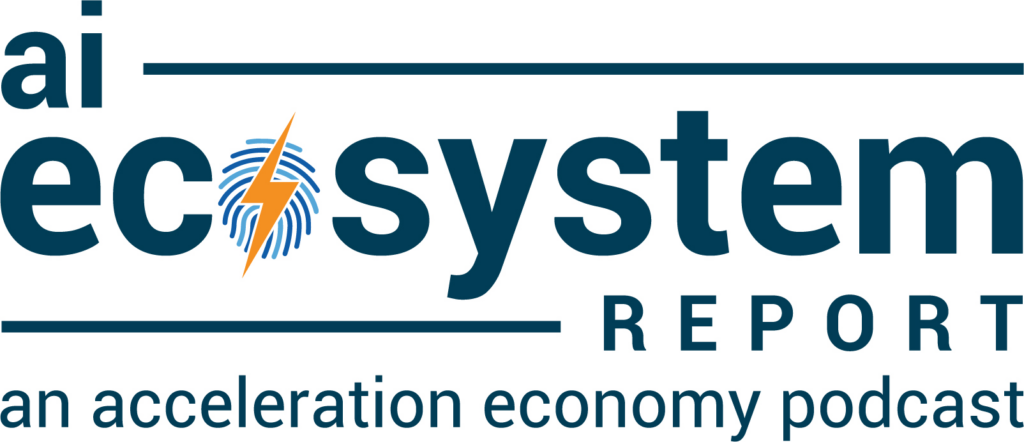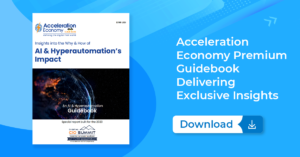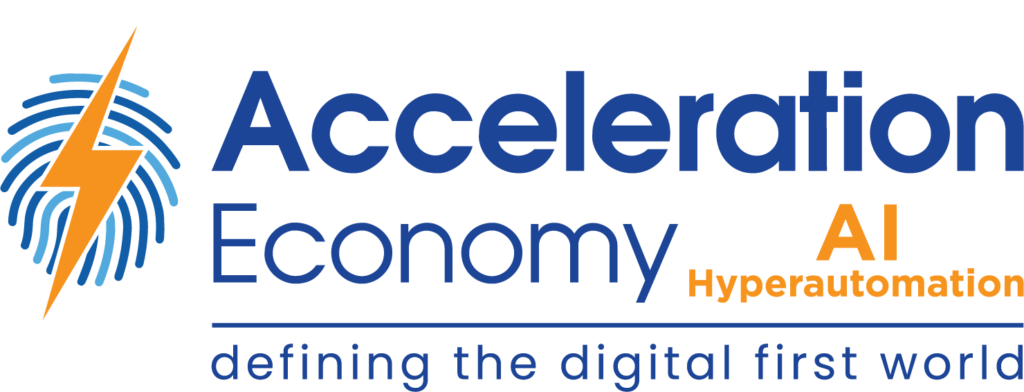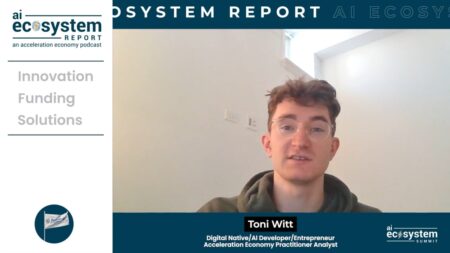Automation has been a hot topic in businesses for a long time. Automation systems have been used to streamline business processes, cut costs, and increase operational efficiency. Robotics process automation (RPA), which helps automate rule-based, repetitive operational tasks, is used widely. However, to automate the entire process, a combination of technologies generally referred to as hyperautomation is required.
As a practitioner, I have seen a big change in the business world from automation to hyperautomation to build intelligent automated processes. This change is happening because more and more organizations are adopting advanced technologies like artificial intelligence (AI), machine learning (ML), and natural language processing (NLP).
With these technologies, businesses can automate complicated tasks that they used to do manually, making them more efficient and productive. This analysis will review how businesses can move from automation to intelligent automation tools, or hyperautomation.
To hear practitioner and platform insights on how solutions such as ChatGPT will impact the future of work, customer experience, data strategy, and cybersecurity, make sure to register for your on-demand pass to Acceleration Economy’s Generative AI Digital Summit.
Benefits of Transitioning to Hyperautomation
The transition from automation to hyperautomation depends on each company’s needs and goals. Hyperautomation can benefit both small and large companies but in different ways.
Due to limited resources and expertise, small organizations may find hyperautomation harder to implement due to various reasons. One reason is the expense of automation tools. Another reason is that small organizations may not have the necessary expertise to design, develop, and deploy complex automation processes. However, if they are able to make this transition, they can get certain benefits, such as increased efficiency, cost savings, improved decision-making, and enhanced customer experience.
While large organizations may have more resources and expertise to implement hyperautomation, they may still struggle to integrate advanced technologies into their systems and processes due to the complexity of their IT infrastructure and the need to coordinate with multiple stakeholders, vendors, and partners. Once successful in the transition, though, large companies can benefit from increased scalability, agility, and competitiveness by automating their processes and optimizing their workflows with hyperautomation.
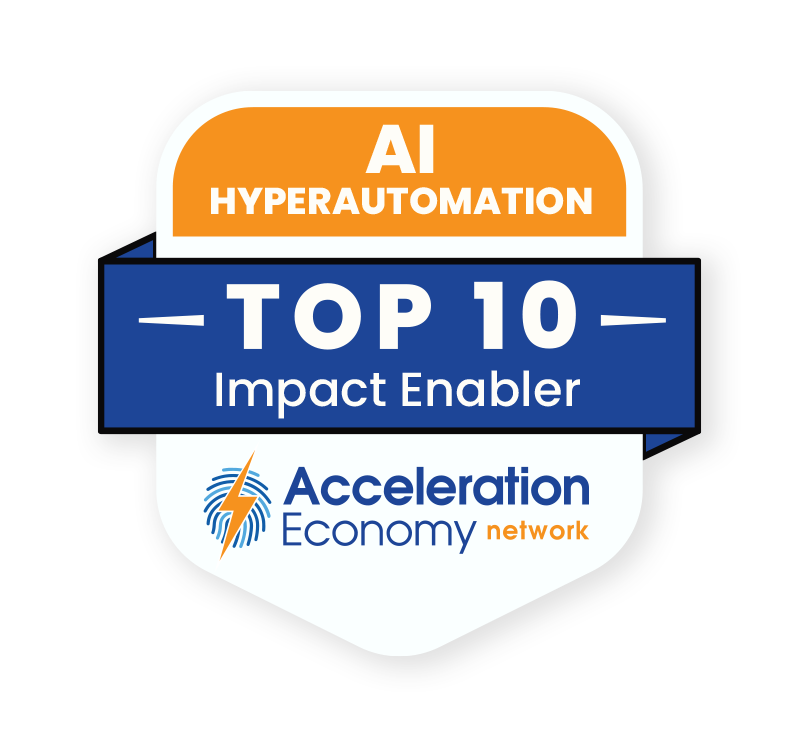
Which companies are the most important vendors in AI and hyperautomation? Check out the Acceleration Economy AI/Hyperautomation Top 10 Shortlist.
Companies That Have Transitioned to Hyperautomation
Several businesses have already made the transition to hyperautomation with great success. Coca-Cola, for example, implemented hyperautomation to optimize its manufacturing and supply chain operations, resulting in reduced costs and improved productivity. By implementing machine learning algorithms and real-time analytics, the company has been able to optimize its production processes, reduce waste, and increase productivity. Coca-Cola uses predictive maintenance to anticipate and prevent equipment failures, reducing downtime and improving overall equipment effectiveness.
Similarly, FedEx has embraced hyperautomation to improve its logistics operations, resulting in faster delivery times and improved customer satisfaction. One of the ways FedEx has leveraged hyperautomation is by using machine learning algorithms to optimize its delivery routes. By analyzing data on factors such as traffic patterns, weather conditions, and package volume, the company can determine the most efficient routes for its drivers. This has allowed FedEx to improve its delivery times and reduce costs, resulting in improved customer satisfaction.
Making the Transition
Every business needs a plan for expanding its use of automation into hyperautomation. Based on my experience, I can say with confidence that your company has a chance to advance to hyperautomation and automate the end-to-end process if it has been using RPA effectively for some time. The one and only requirement is that you need to invest a significant amount of time into developing the strategy around that.
Here are some basic steps that can help in building that strategy, which apply to both small- and large-scale organizations:
- Assessment: The first step is an evaluation of the company’s current automation capabilities and the identification of areas where cutting-edge technologies like AI, ML, and NLP can be most beneficial. Performing a thorough analysis of the company’s operations can help determine which tasks require the most time, effort, and human input.
- Planning: After conducting the above analysis, the businesses should formulate a strategy for introducing hyperautomation tools. For instance, this process involves determining the resources and investments needed as well as defining the success criteria.
- Integration: The cutting-edge technologies are then incorporated into the business as a whole; think of creating and training AI and ML models, releasing chatbots and virtual assistants, and introducing NLP tools. The business may need to revise its internal structure to accommodate these innovative tools.
- Optimization: After a hyperautomation system has been put in place, it is closely monitored and tweaked to ensure optimal performance. This may necessitate making minor adjustments to algorithms, adding new data, or retraining models. The company should welcome suggestions from employees and clients for ways to enhance its operations.
- Expansion: If the hyperautomation system works as planned, the business can implement it in other areas, further exploring the potential of cutting-edge tools to boost productivity, cut expenses, and enhance the customer’s experience.
These are the five most important requirements for assessing and implementing cutting-edge technologies like hyperautomation. Depending on the complexity of the process and requirements, these measures may take some time, but they are well worth the investment to avoid future headaches when attempting to use the various technologies and tools.
Final Thoughts
To succeed in the future, businesses need to be open to new ways of doing things, but keep in mind that moving from automation to hyperautomation is a complicated process that needs to be planned and carried out with great care. The key is to take baby steps, prove your concept’s worth, and then gradually enhance and innovate it.
Looking for real-world insights into artificial intelligence and hyperautomation? Subscribe to the AI and Hyperautomation channel:


